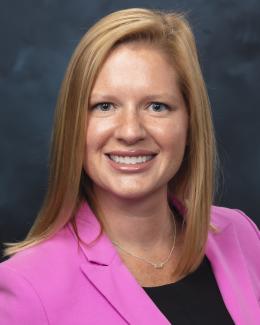Abstract
Nuclear thermal rockets are currently NASA’s preferred option for use in a manned mission to Mars in the 2040s. The communication delay between an Earth ground station and a spacecraft heading toward Mars can be up to 20 min. Therefore, controlling the nuclear rocket engine would require either a full-time reactor operator on the mission or an autonomous control system for the reactor. The latter idea of making space nuclear reactors fully autonomous has drawn more interest from stakeholders, but such an autonomous control system must be rigorously tested and validated before it is certified for human use. The cost of a full ground test for a space nuclear reactor is tremendous, so a nonnuclear mock reactor test bed was created to test and validate control elements and control algorithms for space nuclear reactors. The test bed consists of control element hardware that inputs physical measurement data into a reactor emulator to produce the reactor’s performance under steady-state, transient, and fault conditions. The control element hardware consists of six full-sized control drums equipped with servo drives and motors and is instrumented with optical encoders, resolvers, and torque sensors for drum movement characterization. In addition to the drums, a two-phase flow loop was designed and built to mimic the valves and turbomachinery associated with the propellant flow through a nuclear thermal rocket engine; components such as pressure sensors, flow meters, thermocouples, and tachometers are instrumented throughout the loop to characterize the fluid flow, valve, and turbomachinery behavior of the system. The data from the physical hardware (e.g., drum position, propellant flow rates) are input to a nuclear reactor simulator to determine the actual nuclear reactor parameters, and the data are sent back to a control algorithm to complete the control loop. The ability to conduct numerous tests of the control systems and autonomous algorithms can help validate the instrumentation and control aspects for a space nuclear reactor for every possible fault situation.






